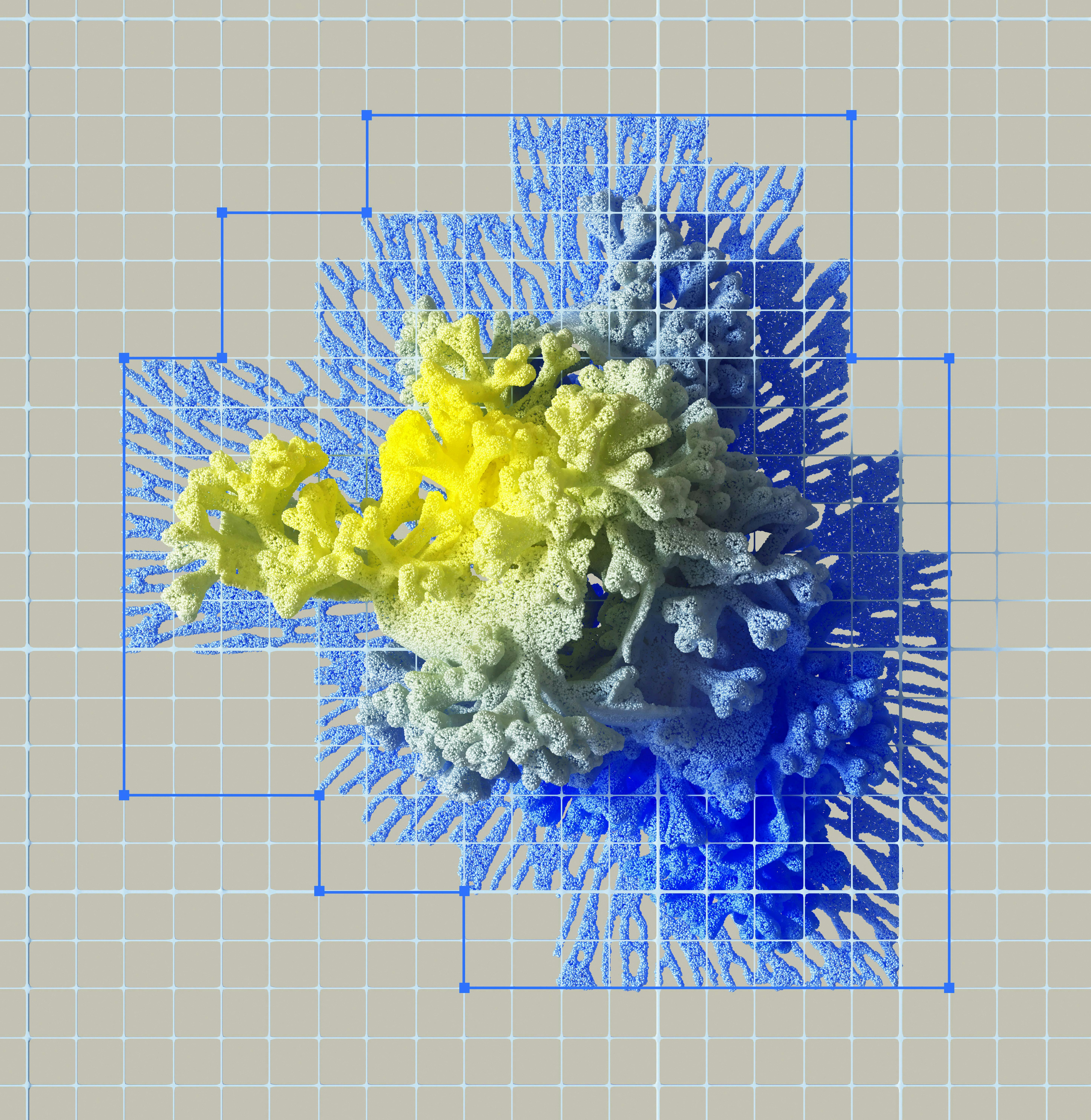Even with my fancy master’s degree, none of this felt easy at the beginning. That’s how I know degrees aren’t what make this work click, curiosity, practice, and patience do. I didn’t start with confidence. I started with Google.
When I first heard terms like "neural networks" or "support vector machines," I genuinely thought machine learning was off-limits unless you were a genius. It looked complex, mathematical, intimidating. I thought: "This isn’t for people like me."
But now, years later, I am a data analyst and machine learning practitioner. Not because I magically “got it,” but because I took it slow, piece by piece, mistake by mistake. This is the story I wish someone had told me when I began: that machine learning isn’t about being smart. It’s about being persistent, curious, and patient.
So, if you’re reading this, wondering, “Can I really learn AI?” the answer is yes. Here’s how I did it and how you can, too.
Before I wrote a single line of code, I had to understand what I was even asking the machine to do. So, I started with the world around the model, not the model itself.
I picked up basic math again. Not PhD math. Just simple things: how averages work, what “probability” really means, how to spot patterns in numbers. Then I got curious about data, and that’s when it clicked.
I realized that learning machine learning is like learning to cook. You don’t start with a Michelin-star recipe. You start with eggs and toast. Small, simple ingredients. You burn some. You try again. And slowly, it becomes second nature.
Python became my first kitchen tool. I didn’t try to learn everything; I just learned enough to ask questions, test things, and see what came back. That loop question, try, see, fix is still how I learn today.
When I finally tried building my first ML model, I didn’t even call it that. I just tried to make a prediction: “Will this person buy this product?” I used a dataset I didn’t understand fully, a model I copied from StackOverflow, and an accuracy I couldn't explain. But it ran. And it taught me something no tutorial ever could:
The only way to learn machine learning is to do machine learning.
I started treating every project like a puzzle. If it broke, I didn’t panic. I would change one thing and try again. I was not chasing perfection; I was chasing understanding.
Eventually, I got to the big stuff: neural nets, computer vision, and transformers. But it wasn’t a leap, it was a series of tiny steps. And every one of them taught me how to think better, ask sharper questions, and debug my own assumptions.
Here’s the truth: the scariest part of learning AI is starting. But once you start, once you hit “run” on your first script and see your code do something, it becomes addictive.
And you realize: “Wait. I can actually do this.”
That’s what I want for you. Whether you are a student, a professional in another field, or someone who just wants to know what the gist is about, you don’t need credentials to start. You need curiosity. You need five minutes a day. You need to forgive yourself when you don’t get it the first time.
And most importantly, you need to keep going.
Machine learning didn’t just teach me about models. It taught me how to approach complexity without fear. It taught me how to build things that once felt impossible. And it made me realize something wild:
You don’t learn AI to become a data scientist.
You learn AI to become a better thinker.
So go slow. Break things. Ask silly questions. Use every resource you can. And remember, no one ever became “AI-ready” in one weekend. But every step you take, every time you try again, that’s the climb.
I am still climbing. And so can you.


